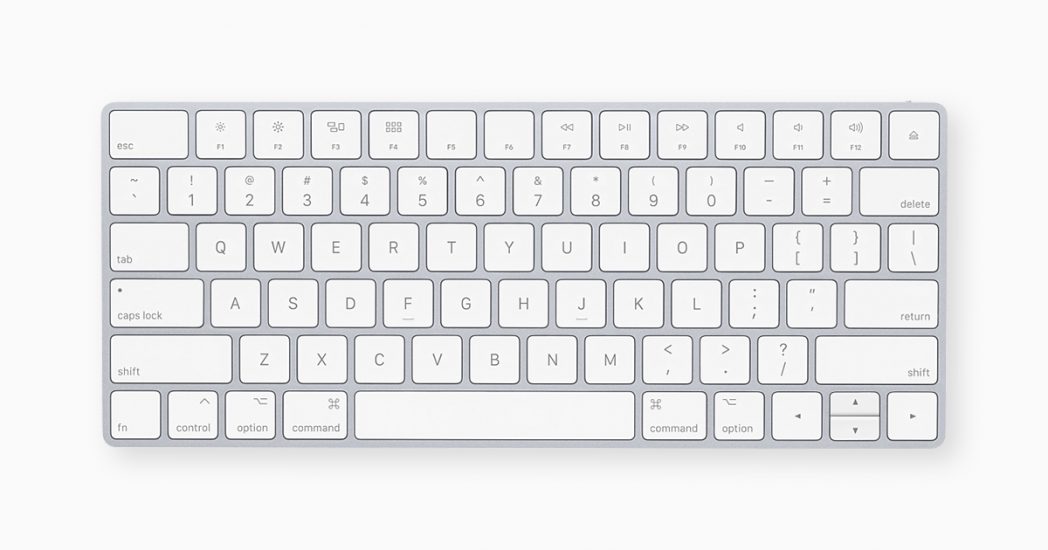

- MAC COMMAND KEY SHORTCUTS TABLE HOW TO
- MAC COMMAND KEY SHORTCUTS TABLE ZIP FILE
- MAC COMMAND KEY SHORTCUTS TABLE PRO
Got stuck? Not sure how to do certain things on your Apple device? Let us know via a future tutorial might provide a solution. If you like this how-to, pass it along to your support folks and leave a comment below. This super useful capability requires iOS 9 or newer and is a great way of unearthing productivity-boosting shortcuts in your favorite iPad apps that you may be unaware of with a simple, quick Command key press. A modifier key is a part of many key combinations. This is also known as the Command-C key combination (or keyboard shortcut).

To move to the previous cell press (Shift + Tab) (F8) Lets you easily select cells by extending the selection by using the arrow keys. For example, pressing the Command key (the key that has a symbol) and the 'c' key at the same time copies whatever is currently selected (text, graphics, and so forth) into the Clipboard. IPad owners using a physical keyboard can also hold down the Command key to get a list of all the keystrokes available in the currently running app. To move to the next cell in a table press Tab.
MAC COMMAND KEY SHORTCUTS TABLE PRO
If you’re new to the Mac platform or are starting to learn your way around professional apps such as Final Cut Pro X, Photoshop, Pixelmator and others, this is the ultimate app to streamline your daily computing.ĬheatSheet requires OS X Mavericks 10.9 or newer. Here are a few examples of CheatSheet keyboard overlays in Apple’s stock apps. To stop using the app, simply choose the option from the settings menu or reopen CheatSheet from the Applications folder or by using Spotlight Search. The Command key overlay delay can be adjusted in CheatSheet’s settings The settings screen can be used to adjust the Command key delay, check for updates and stuff like that.

I wish Apple copied this tremendously useful feature.ĬheatSheet has no a status bar menu, but there’s a minimalist user interface invoked by clicking the little cog icon in the lower-right corner of the overlay.
MAC COMMAND KEY SHORTCUTS TABLE ZIP FILE
It basically brings the iOS-style iPad keystrokes overlay to macOS and is completely free.Ģ) Open the downloaded ZIP file from your Downloads folder, then drag the extracted file titled “CheatSheet.app” to your Applications folder.ģ) Launch CheatSheet from your Applications folder.ĥ) Hold down the Command (⌘) key on the keyboard until an overlay appears on top of all other windows, listing all the active keystrokes in the current app in one convenient place. How to view keyboard shortcuts in Mac appsġ) On your Mac, visit /CheatSheet and download the awesome CheatSheet app. You can, of course, view and customize some of the system and app shortcuts in System Preferences → Keyboard → Shortcuts, but wouldn’t it be nice if there were a better way? Memorizing regularly used keystrokes boosts your productivity and multitasking prowess, but Apple doesn’t provide an easy way to view all the keyboard shortcuts in any given app. Those special keys on your Mac’s keyboard like Command (⌘), Option (⌥), Control (⌃) and others are most commonly used in conjunction with regular keys as feature shortcuts.įrequently-used macOS commands have their dedicated keyboard shortcuts, many of which are same across apps like copy/paste and undo/redo. See the package documentation for a complete list of separators available.Veteran users are privy to the power of the Mac modifier keys. a + b, a+ b, and a+b produce exactly the same result. \usepackage % comma as separatorįinal note: Spaces added before or after the separator will be ignored by the package, i.e. Therefore, I will briefly introduce the main features and give some examples here. I recently came across the menukeys package and found it very useful for software documentation and description of workflows.


 0 kommentar(er)
0 kommentar(er)
